
Foodie Lingo Explained

There’s a lot of jargon in the world of food – nutritionists are always throwing around terms that, truthfully, not everyone gets. I’m hoping to fix that.
While there’s no need to be a nutrition nerd like me, knowing the buzzwords helps you understand all those magazine articles and news reports.
So, here’s a quick-and-dirty guide to some of the most popular food jargon out there.
Things in Food
Calories
Calories measure energy contained within food. Basically, if you eat more calories than you burn, you’ll put on weight. If you burn more calories than you eat, you’ll lose weight.
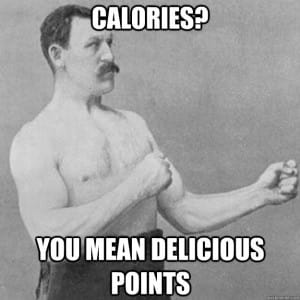
Fibre
Fibre is the bits of food you can’t digest, which keeps your system running smoothly. Get your fibre from everything wholemeal, beans and lentils, nuts and seeds, and plenty of fruit and veg.
Starch
Starch is a so-called ‘complex’ carbohydrate, and examples of starchy foods are bread, pasta, rice and oats. Starchy carbs are our body’s preferred source of energy, and you should always go for the unrefined, wholemeal or ‘brown’ version if you can – it’s higher in fibre and nutrients.
Sodium
Sodium is the ‘dangerous’ part of salt, sodium chloride. When you look at food labels, make sure you know whether they’re talking about salt or sodium.
Antioxidants
Antioxidants are the chemicals that mop up damaging ‘free radical’ molecules in our bodies.These protect us from heart disease, strokes, and cancer. Lots of vitamins and plant pigments are antioxidants; and examples include vitamins A, C and E, the beta-carotene that makes carrots orange, and the lycopene that makes tomatoes super-healthy.
MSG
This is monosodium glutamate. A flavour enhancer, added to a whole variety of savoury foods and commonly used in Chinese food. Some people are sensitive to it, which can give them a wide range of symptoms including headaches and feeling sick.
Omega-3s
Omega 3s are a special kind of polyunsaturated fat, and mega-good for our hearts and brains. The best sources are oily fish, but you can also get them from some seeds (especially flax and chia) or take a supplement.
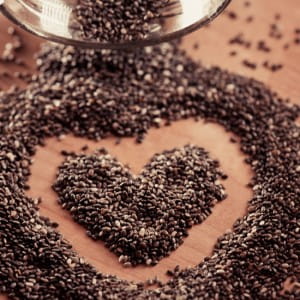
Processed Meat
Processed meats are sausages, burgers, bacon and ham. We’re advised to keep it to a minimum, because the salt and preservatives it contains increase our risk of some cancers. Too much salty food can also raise our blood pressure.
Types of Sugar
Sugars
Sugars are ‘simple’ carbohydrates. They’re quick for our bodies to break down and convert into energy, but this energy doesn’t last, leaving you hungry again.
They can be divided into two groups – added vs natural.
There are the sugars added to the food we buy, that we add to cooking and sprinkle in our coffee.
Then there are the natural sugars found in fruit (fructose) and milk (lactose).
All contain the same calories and have the same effect on your body, but natural sugars have the advantage of coming packaged with healthy nutrients like fibre (in fruit and veg), vitamins and minerals.
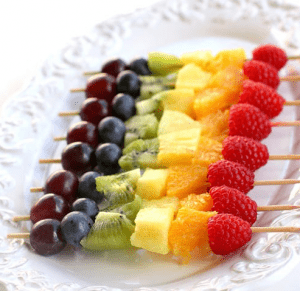
GI Index
This is the glycaemic index. A measure of how fast food raises your blood sugar and energy levels.
High GI Foods
Give us a quick burst of energy (like sugary food), we need to concentrate on slow-release.
Low GI foods
Raise our blood sugar slowly, and last us for ages. Good examples are wholegrains, low-fat protein foods like lean meat, fish, eggs, low-fat dairy, beans, lentils, nuts, seeds, vegetables and most fruits.
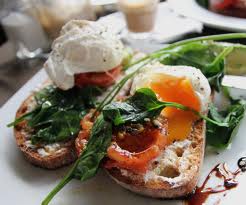
Fats:
The Good and The Bad
Good Fats
Good fats just means unsaturated fats, divided into monounsaturated fats and polyunsaturated fats. We need a certain amount of these fats to stay healthy, and you’ll find them in olive, rapeseed and sunflower oil, oily fish such as salmon, mackerel, sardines and fresh tuna, avocados, nuts and seeds.
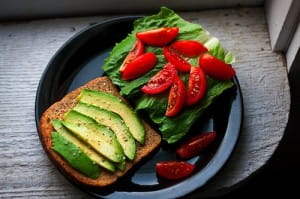
Bad Fats
Bad fats are saturated fats and trans fats. These increase the risk of type 2 diabetes and heart disease.
Fatty Acids
Fatty acids are just another way of saying fats. So, saturated fatty acids means saturated fats.
Saturated Fats
Mainly found in animal products such as meat and dairy.
Trans Fats
Also called hydrogenated fats. These artificial fats are made by the food industry, and thought to be even worse for us than saturated fats. Fortunately many food manufacturers and takeaways are cleaning up their act and reducing and removing them from their foods. Ask if you’re not sure where you’re eating.
Dietary Habits:
Vegans, Veggies and Coeliacs
Gluten
Gluten is a kind of protein. You find it in most grains, including wheat, rye, oats and barley. People with coeliac disease, commonly known as ‘wheat intolerance’, have a problem processing gluten, and need to avoid it.
Wheat Allergy / Wheat Intolerance
This is a reaction to any wheat, not just gluten. Some people with wheat sensitivities are still able to eat rye, oats and barley, which are from the same family.
Rich Food
Not a real scientific definition, but it usually means food high in calories, fat, and often sugar.
Vegetarian
Vegetarians avoid meat, poultry and fish.
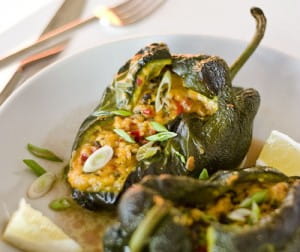
Vegan
Vegans avoid anything from animals, so eggs, dairy products and honey are off the menu.
What food jargon are you not sure about?

